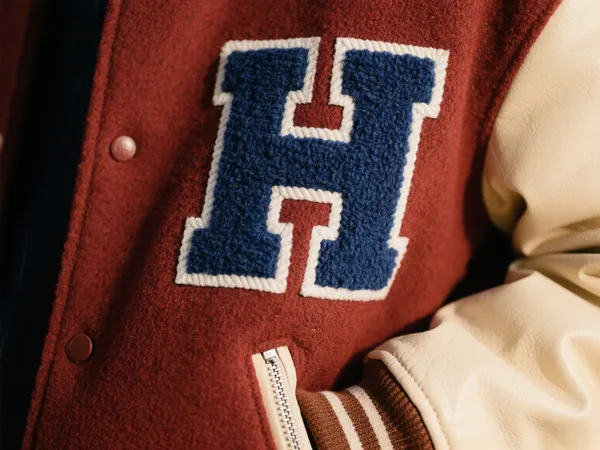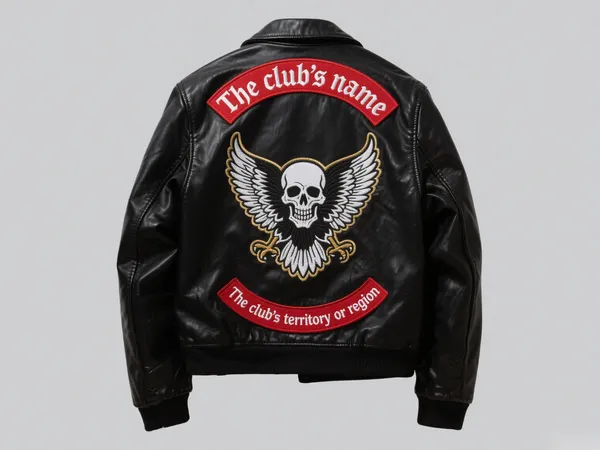When it comes to personalizing or branding garments, there are countless options—screen printing, direct embroidery, heat transfers, digital printing. Yet, embroidery patches for clothes continue to hold a unique place in the apparel industry. They are more than a decorative detail; they combine tradition, durability, and flexibility in ways that other embellishments cannot fully replicate.
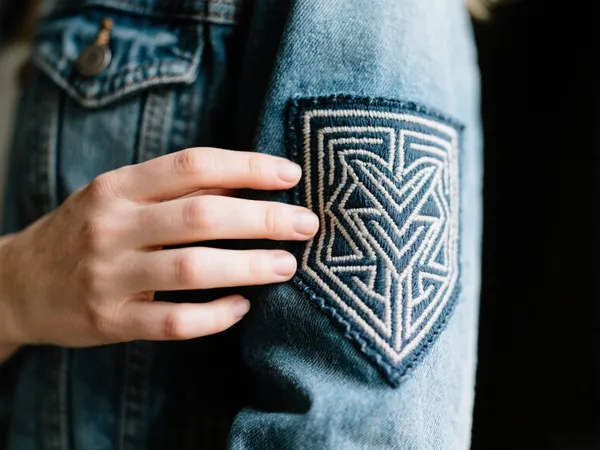
The Enduring Appeal of Embroidery Patches
One reason patches remain relevant is their tactile quality. Threads bring dimension and texture that printing methods simply don’t achieve. On a jacket or denim shirt, a patch feels like part of the garment rather than a surface-level decoration.
In addition, patches carry a sense of heritage. Think of military insignia, scouting badges, or vintage biker emblems—each tells a story that’s stitched into fabric. Today, fashion brands borrow from this legacy to create collections that feel authentic and rooted in culture.
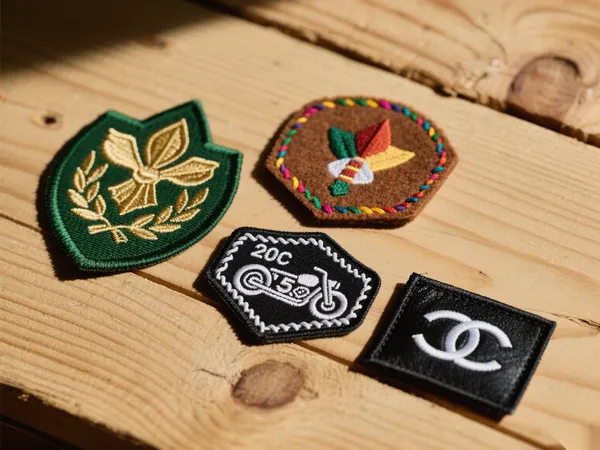
Advantages of Embroidery Patches for Clothing
1. Dayanıklılık
Unlike screen-printed designs that fade after repeated washing, embroidery threads hold their color and form over time. This makes embroidered patches especially suitable for uniforms, workwear, and outdoor apparel.
2. Flexibility in Application
An embroidered patch can be:
- Sewn on for a permanent finish
- Ironed on kolaylık için
- Cırt cırtlı değiştirilebilir kullanım için
This adaptability allows clothing manufacturers and consumers alike to choose the right application based on purpose.
3. Custom Branding Possibilities
For small fashion startups and established apparel brands, özel nakış yamaları provide a professional, scalable way to add logos, initials, or slogans to garments without altering the production line. A single blank hoodie, for example, can be transformed into multiple brand SKUs simply by applying different patches.
Industry Trends: From Mass Production to Personalization
In the past, embroidery patches were mainly associated with uniforms, military garments, or varsity jackets. Today, the market has shifted toward personalization and lifestyle branding.
- Streetwear labels use oversized embroidered logos to emphasize exclusivity.
- Sustainable brands encourage consumers to extend the life of clothing by covering small tears or stains with stylish patches.
- Corporate and promotional apparel relies on patches for consistent branding while keeping production costs manageable.
Another trend worth noting is the rise of 3D puff embroidery patches Ve woven-embroidered hybrids, which give even finer detail while keeping costs competitive.
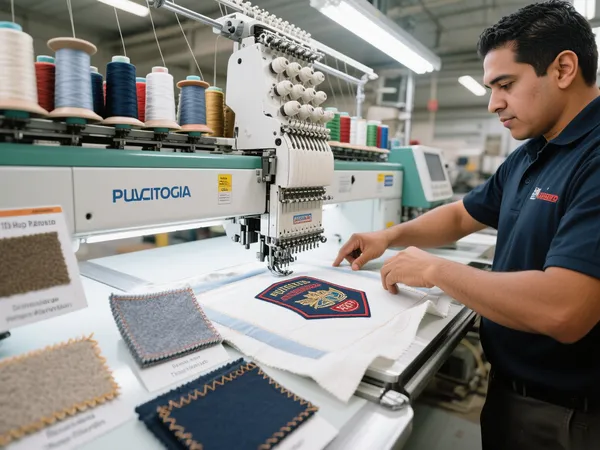
Production Insights: What Makes a Quality Patch?
From a manufacturer’s perspective, not all embroidery patches are created equal. The difference often comes down to:
- Thread quality: Polyester threads resist fading better than rayon, making them ideal for outdoor wear.
- Backing material: Twill provides a clean, durable base, while felt gives a more vintage texture.
- Border finish: Merrowed edges offer a classic rounded look, while heat-cut edges allow for complex shapes.
Attention to these details separates a patch that looks mass-produced from one that feels premium and intentional.
Choosing the Right Patch for Your Clothing
If you’re considering embroidery patches for clothes, ask yourself:
- Is this for fashion, function, or both?
- Will the garment be washed frequently (favor durable stitching and polyester threads)?
- Is flexibility important (consider Velcro or iron-on backing)?
- Does the patch need to reflect a premium or casual aesthetic?
Brands that answer these questions clearly during the design process often achieve the best results.
Son Düşünceler
In a marketplace driven by fast-changing trends, embroidery patches for clothes stand out for their blend of heritage, durability, and adaptability. They are equally at home on a work uniform, a limited-edition streetwear drop, or a personalized DIY project.
For those in the apparel industry, patches represent not just decoration but a tool for storytelling and branding. With the right materials, design, and application, an embroidered patch can turn an ordinary garment into something with character, identity, and lasting value.


